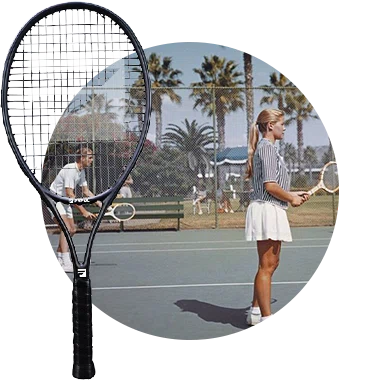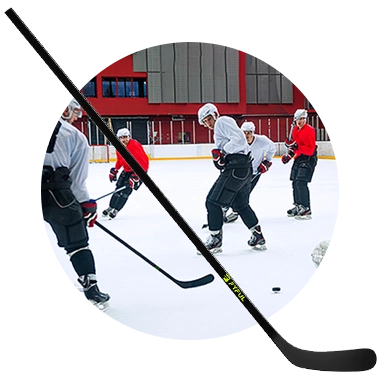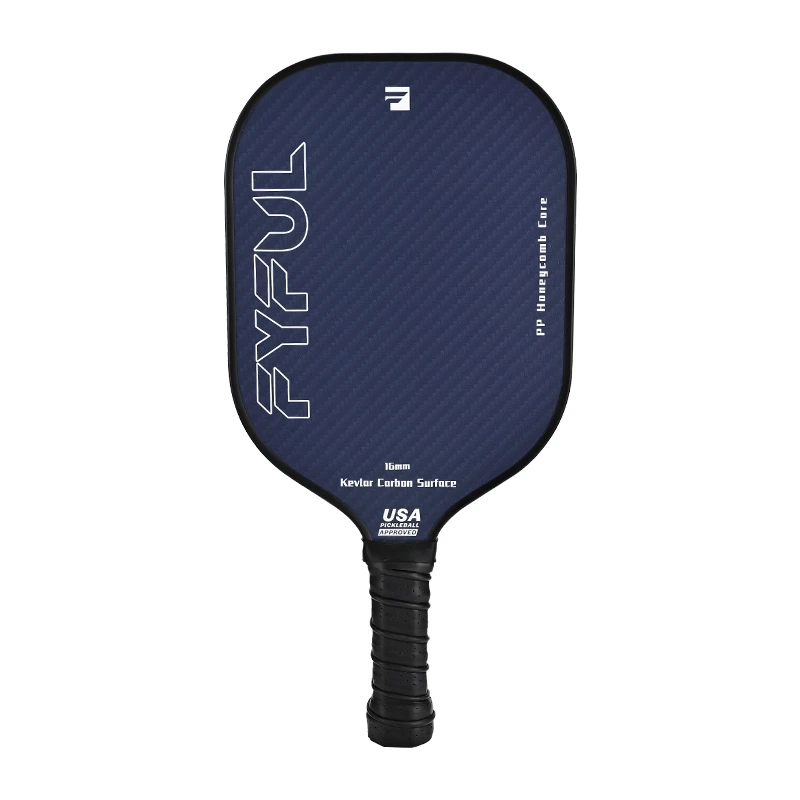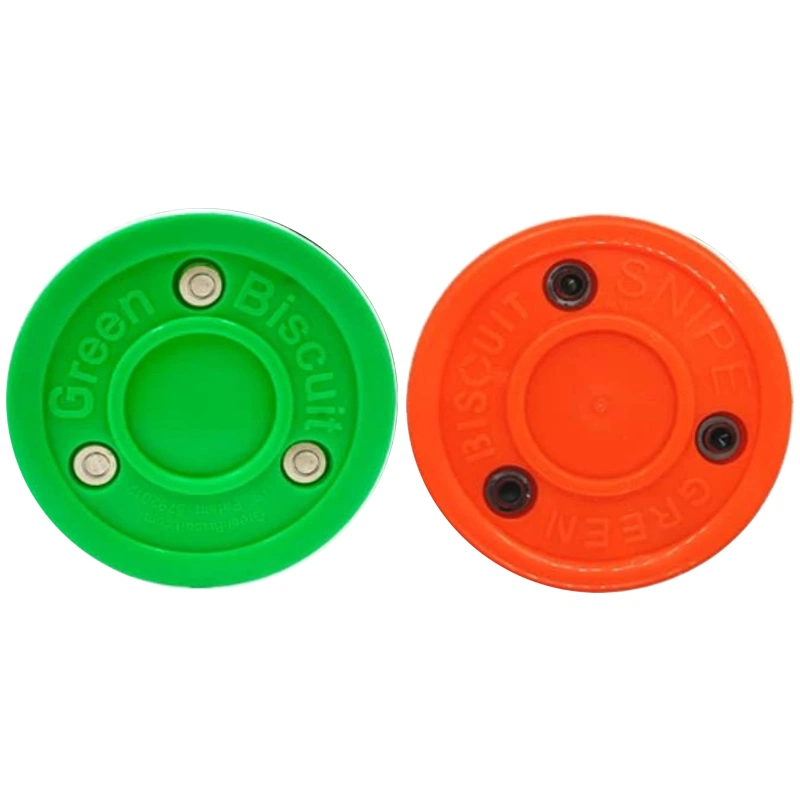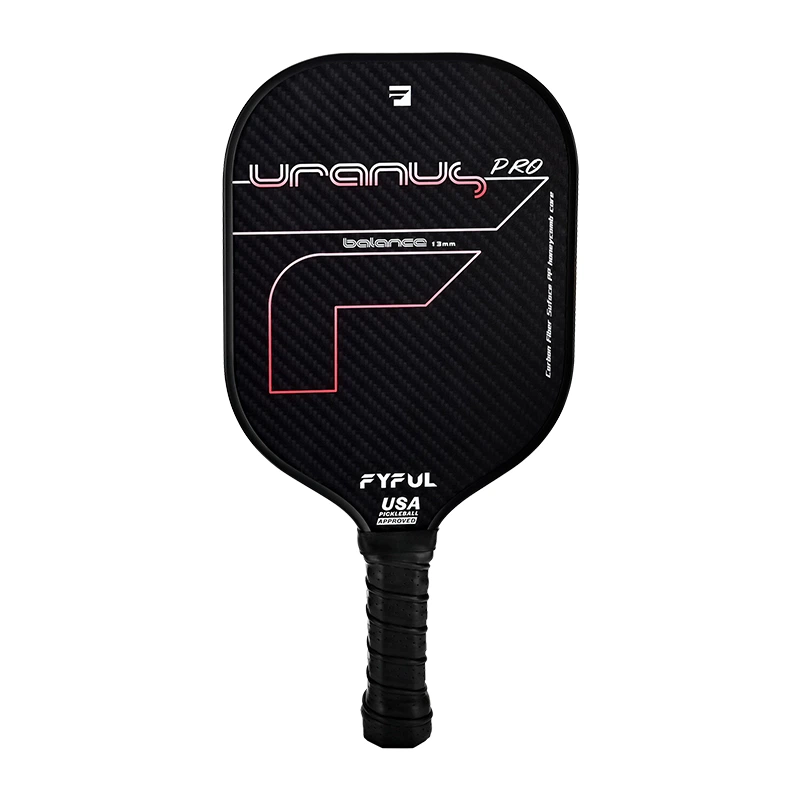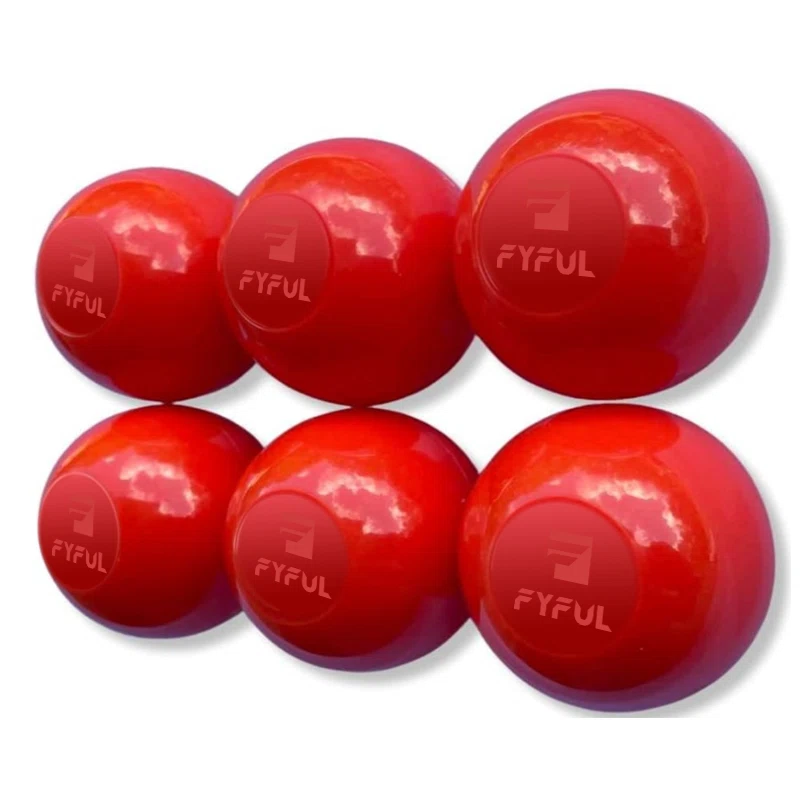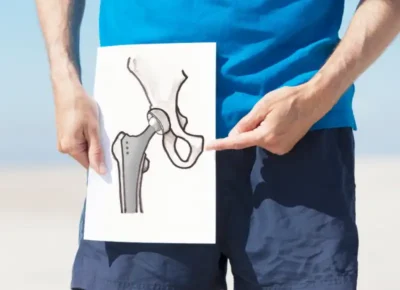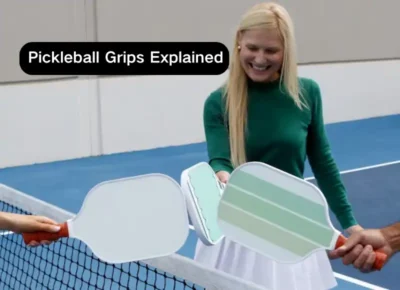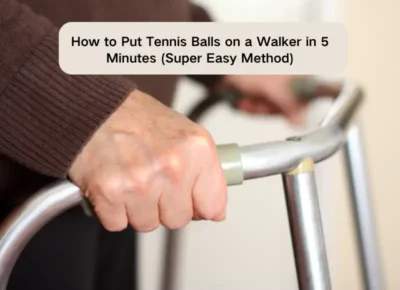With the explosive rise of pickleball in North America and beyond, many racket sellers are now comparing Paddle Tennis vs Pickleball as potential expansion opportunities. If you already sell tennis or badminton rackets, it’s natural to assume these sports share similar customer bases, equipment logic, or OEM workflows. But in practice, the differences between Paddle Tennis vs Pickleball matter more than you might think.
If you are considering adding pickleball paddles to your existing racket lineup, here are three costly assumptions to avoid.
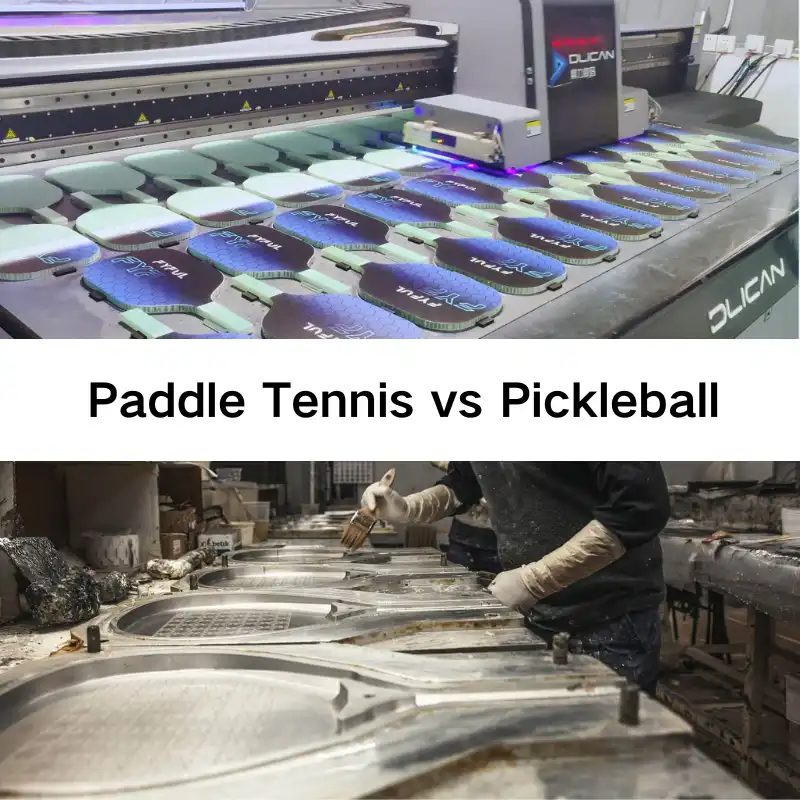
Production Process: Paddle Tennis VS Pickleball
Mistake 1: Assuming it’s just a Smaller racket
Many new entrants comparing Paddle Tennis vs Pickleball assume pickleball paddles are just smaller rackets without strings. In reality, pickleball paddle construction is fundamentally different: no string bed, no shaft, and completely different core structures (typically honeycomb PP or Nomex). Different generations of pickleball paddle cores also use variations of these materials and structures, which directly impact durability, control, and power.
The core, lamination, edge guard, and surface texture all play a role in the feel and performance of a pickleball paddle. Without understanding this, new sellers often misjudge paddle quality or choose unsuitable models for their market.
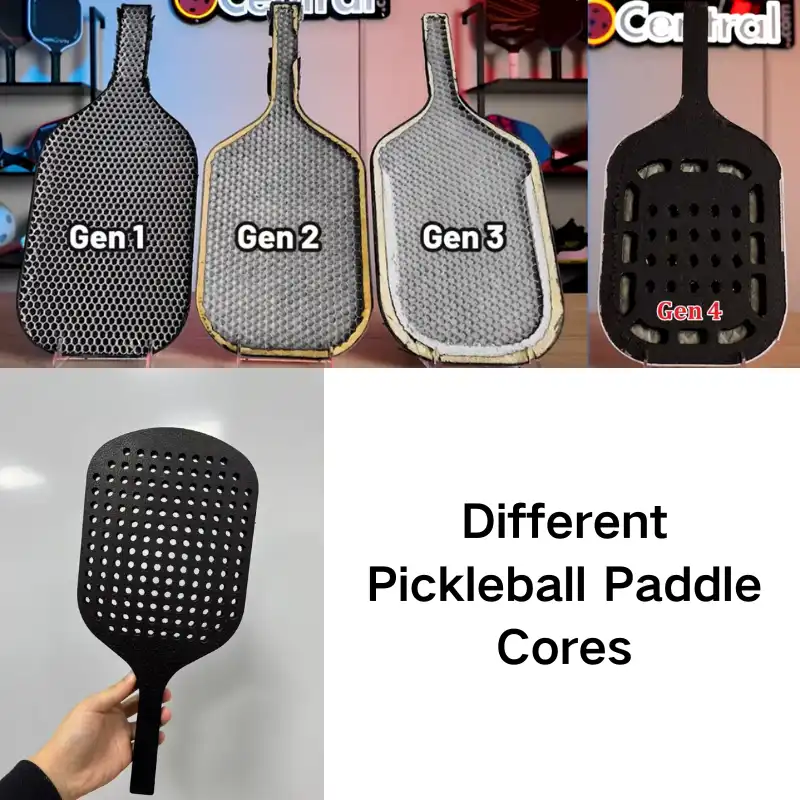
Different Generations for Pickleball Paddle Cores
Mistake 2: Reusing Your Paddle Branding Strategy
In Paddle Tennis vs Pickleball, most brands focus branding on the frame design or string pattern. But in pickleball, branding and performance considerations are tied closely to the paddle face surface and its material composition.
While buyers care about eye-catching graphics, they also pay attention to the underlying materials. For example, high-quality carbon fiber paddles deliver superior feel and performance, but too much surface printing can actually weaken the carbon weave and affect durability. On the other hand, fiberglass paddles are better suited for bright, colorful graphic designs because the printing process does not compromise the structural integrity of the material.
New sellers often misunderstand this balance: the best-performing paddles combine smart surface branding with the right material choices, ensuring long-term product quality and customer satisfaction.
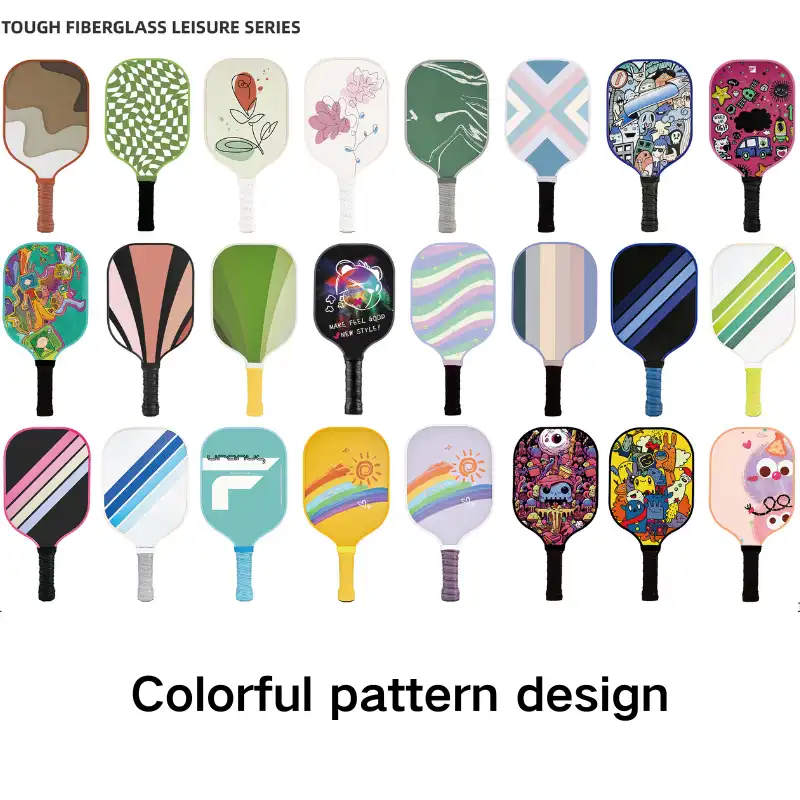
Colorful pattern design for fiberglass pickleball paddle
Mistake 3: Misunderstanding Buyer Expectations in Pickleball
The Paddle Tennis vs Pickleball market structure is also very different. While paddle tennis buyers may focus more on performance and tournament culture, Pickleball is driven by social trends, design variety, and fast-moving online retail.
If you’re entering the pickleball space assuming your current sports retail strategy applies 1:1, you risk stocking paddles that look good to you but don’t convert with the actual player base.
That’s why it’s critical to pay close attention to the pickleball community: watch Amazon reviews, study what players talk about on social media, and notice the colors, graphics, and materials that get the most positive feedback. Often, these details—seemingly small to the manufacturer-make — make the difference in whether a paddle becomes a community favorite or just another product on the shelf.
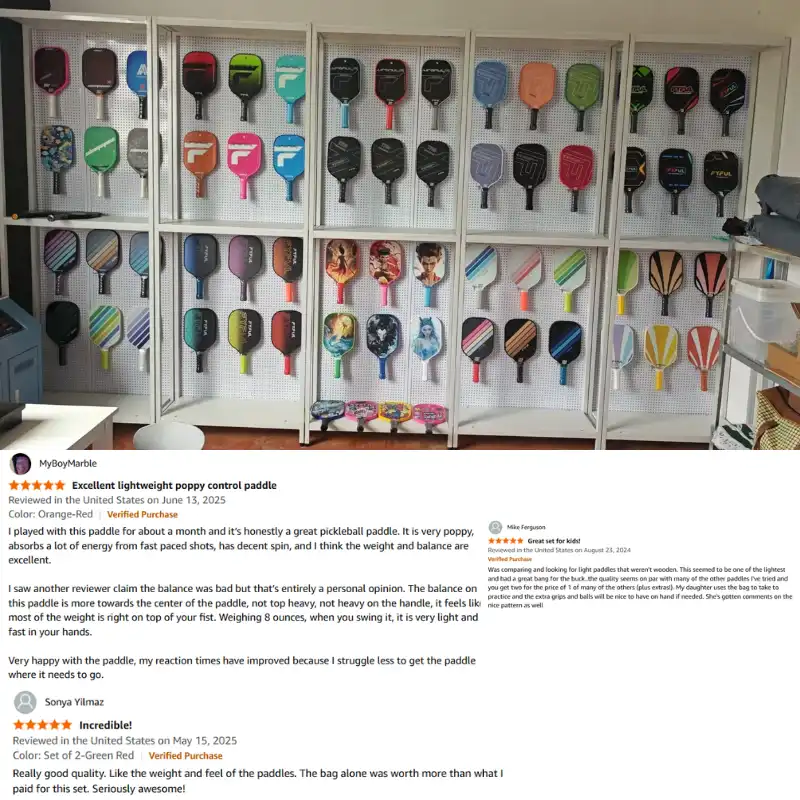
Learn more about the pickleball community
Final Notes for First-Time Pickleball Sellers
Paddle Tennis vs Pickleball isn’t just a sport comparison—it’s a decision about market positioning, product strategy, and long-term business growth potential. Transitioning from paddle tennis or tennis rackets to pickleball paddles requires careful research, adaptation to changing consumer trends, and a willingness to learn from player communities.
Transitioning from paddle tennis or tennis rackets to pickleball paddles requires:
- Understanding new material systems (core, surface, edge)
- Repositioning your branding and visual identity strategy
- Being flexible on MOQ and model testing, especially for private label programs
If you’re serious about expanding into pickleball, study the unique product and buyer behavior compared to Paddle Tennis. The market may be younger, but it is growing faster, and the window for establishing brand identity is still open.


